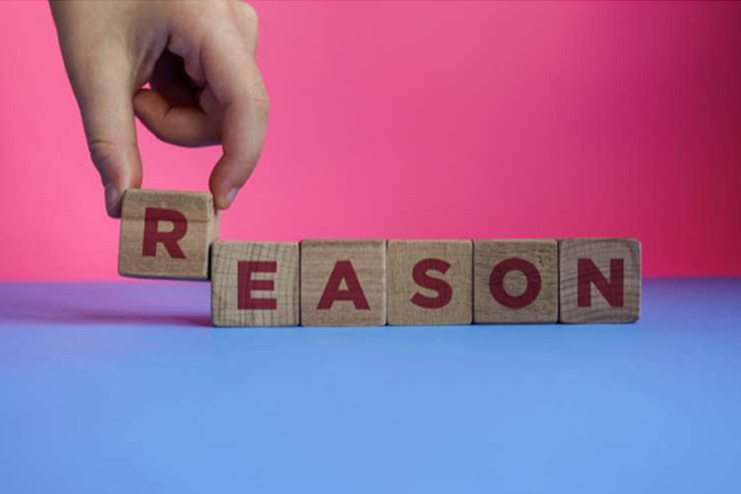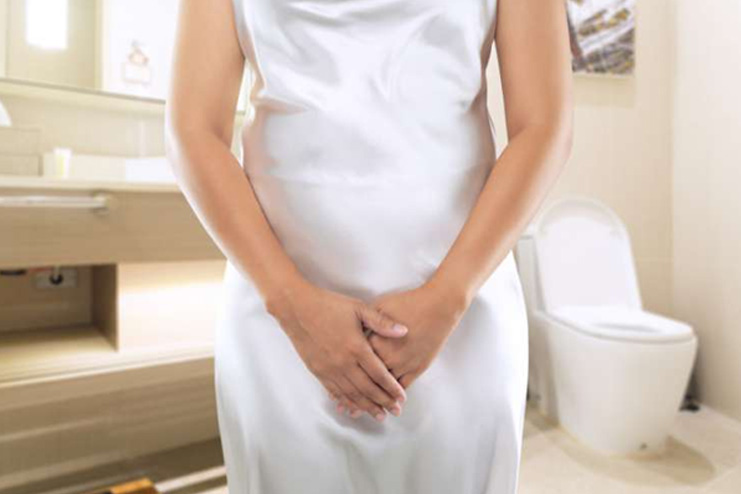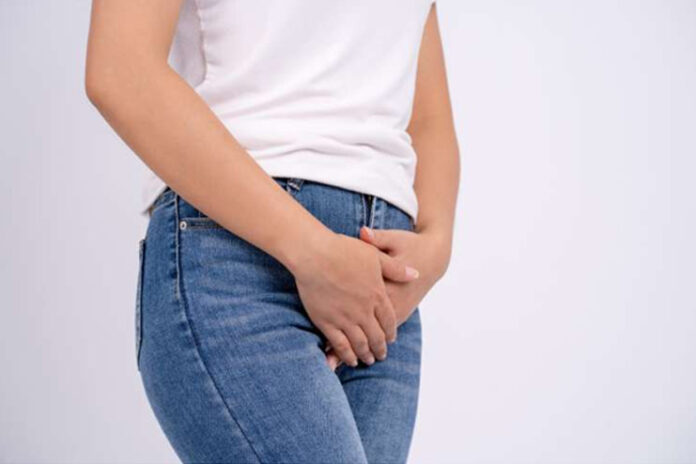Affiliate Disclaimer
Some links in this article are affiliate links. We may earn a small commission if you make a purchase through these links, at no extra cost to you. We only recommend products we find useful to our readersAlthough having labia pimples can be frightening, most individuals are unaware of how prevalent they are. Commonplace issues like clogged pores, ingrown hairs, or irritation from tight clothing frequently cause these little, elevated pimples.
People also refer to labia pimples as “pimples on the vagina.” This word describes pimple-like bumps that appear on the vulva, the outer genital part of the vagina. The clitoris, urethral and vaginal openings, and labia (majora and minora) are all parts of the vulva.
Understanding the underlying causes and potential therapies is essential for mental state of mind and efficient management, even though the delicate nature of this subject may make some people reluctant to seek help.
What Are Pimples on the Labia?
The female vaginal area is one of the most sensitive parts of the body. Small labial pimples are typically not a significant issue. However, they might cause a lot of discomfort. They resemble the pimples you might get on your face or body, and mild bacterial infections, blocked oil, or plugged hair follicles frequently cause them.
Pimples can affect practically every skin, including your vulva, even though you may only think of them as affecting your face. Your exterior genitals, such as your clitoris, labia, and vaginal opening, are all part of your vulva. People sometimes refer to it as vulvar or vaginal acne.
It’s critical to differentiate labial pimples from other skin disorders. Pimples are often surface-level and filled with pus, unlike cysts, which are more profound and frequently filled with fluid. Conversely, ingrown hairs, which frequently manifest as tiny, red pimples, are caused by hair growing back into the skin.
In contrast, herpes lesions are typically painful, fluid-filled blisters forming clusters and may be accompanied by additional symptoms such as fever or itching. Understanding these variations depends on your ability to recognize the problem and, if necessary, obtain the right therapy.
What Are The Reasons For Formation Of Pimples On Labia?

Learning the reasons for the formation of pimples helps avoid the condition and also treat it accordingly. Many factors contribute to the formation of pimple-like bumps on the labia. They are:
1. Vulvar Cysts:
Cysts are fluid-filled, pocket-like formations that can develop practically anywhere on body. They are generally not dangerous, but they can occasionally be precancerous or cancerous. Having them examined by a medical expert is always a good idea.
On either side of the labia, noncancerous lumps called Bartholin’s gland cysts develop. At least 2% of women are thought to create at least one in their lifetime. Women in their 20s are most likely to have them.
2. Folliculitis:
Hair-follicle blockage or folliculitis may be a reason for the formation of a vaginal pimple. Bacteria, infections, sweat in the region, or folliculitis often cause the condition, which shaving your pubic hair may trigger. Irritation results from your hair curling back toward the skin as it begins to grow out of the follicle. The resulting infectious pimples cause pain and irritation. Medication is generally needed to treat such pimples.
3. Ingrown Hair:
Sometimes, waxing or shaving may form pimples on your labia. These may be temporary but irritate the skin. However, ingrown hair on the labia due to waxing may also cause pimples. This happens as the hair curls inside the skin instead of getting removed. In fact, according to one study, ingrown hairs occurred in 32.7% of women who had their pubic hair removed. These pimples cause an itchy feeling.
4. Molluscum Contagiosum:
The Molluscum contagiosum virus causes this illness. It is transmitted by casual or sexual contact with infected individuals or skin-to-skin contact. Infections caused by Molluscum contagiosum usually go away on their own in six to twelve months. A medical professional may use lasers or cryotherapy to eliminate the bumps, or they may be treated with topical or oral medication.
5. Fox-Fordyce Disease:
This rare condition results in persistent inflammation of the apocrine sweat glands, which are located in regions with many hair follicles, especially the armpits, groin, and vicinity of the nipples.
During a flare-up, the apocrine glands swell and become inflamed, resulting in highly irritating papules. Multiple tiny, hard, flesh-colored bumps on the labia occur daily in females with this disease. Scratching them may cause the hair follicles to become infected again.
6. Vaginal Cysts:
At least one in 200 people with a vagina will develop a cyst at some point in their lives. People don’t report many vaginal cysts. Thus, the actual number is likely more significant.
Vaginal wall injuries from childbirth or surgery can cause cysts. Clogged glands or vaginal lining tumors can also cause them. Sometimes, the cause is unknown. About 10% of benign vaginal cysts are Gartner duct cysts. This congenital cyst is often undiagnosed until later in life.
7. Hidradenitis suppurativa:
Hidradenitis suppurativa (HS), often known as acne inversa, is a persistent sweat gland disorder that causes body-wide pimples, including vulvar sores. The cause of this rare inflammatory condition is unknown. Treatments are available, but there are no exact cures.
8. Skin Tags:
New skin growth in irregular shapes can cause pimples that may show up on any body part. It happens when skin rubs against skin and makes flaps of tissue hang onto your skin. Although postmenopausal women are more likely to acquire malignant (cancerous) polyps, they are mostly benign. Genital polyps in females can develop on the cervix, in the uterus (endometrial polyps), or, less frequently, in the vagina.
9. Genital Warts:
Targeting tens of millions of individuals annually, the human papillomavirus (HPV) is most prevalent sexually transmitted infection (STI) in the US. At least 100 distinct types of HPV exist. People consider the majority to be comparatively harmless. Others may result in more severe health issues like genital warts or cervical cancer.
10. Vestibular Papillomatosis:
This condition may manifest as tiny, painless, skin-colored pimples on the outer labia. It is a benign and typical variation in the skin’s structure and surface. The majority of individuals with vestibular papillomatosis are untreated. Nonetheless, some people suffer from burning, soreness, vulvar pruritus (itching), and pain related to sex.
Do’s And Don’ts When Pimples Are Formed On The Vagina

Many times the pimples formed on the vagina are harmless and may disappear on their own. So it is not advisable to disturb them.
- Do not scratch or irritate them.
- Do not press or push them. It may make the bacteria grow and spread.
- Do not try to squeeze or prick to remove pus. It may make the infectious fluid spill on the other surrounding vaginal parts, which may turn even more dangerous.
- Keep your vaginal area clean only by soft scrubbing, and do not get it sweaty. You can use a soap or either a body wash.
- Use clean and hygienic products for your vaginal area, and do not share them with others.
- Avoid wearing undergarments as much as possible, even if you have to; wear clean ones and change them every day.
- Avoid tight-fitting garments and prefer cotton material if you have pimples on the labia majora.
- Skin specialists may also suggest women avoid sex until the pimple heals.
Home Remedies for Vaginal Pimples

A few home remedies could practiced to reduce the irritation and pain.
1. Warm compress:
Use a warm compress on the area to reduce the irritation, pain, and inflammation. Dampen a cloth or a towel in warm water. Apply gently on the vaginal pimple.
2. Antibiotics and creams:
In the event that the pimple is caused by a bacterial infection, antibiotics or lotions may be prescribed. Nevertheless, it is of the utmost significance to make use of only the treatments, such as creams and ointments, that have been recommended to you by your physician.
3. Drain your pimple:
Please seek medical advice to drain your pimple so that it does not bother you anymore. If cysts cause the pimple on the labia, the doctor can perform minor surgery to remove the pus.
4. Use of sitz bath:
To have a sitz bath, one must sit in a shallow basin filled with warm salt water. This can promote boil drainage and ease discomfort. You can make sitz bath at home by filling a clean basin with warm water and adding around one teaspoon of salt for every liter of water.
Conclusion
Despite discomfort, labial pimples are curable with the correct care and attention. You can successfully control and avoid their recurrence by forming proactive behaviors, such as wearing breathable clothing, using gentle skincare products, and practicing good hygiene. Keep in mind that these bumps are usual and shouldn’t cause embarrassment. A medical expert can offer clarification and guarantee you get the best care possible. Making your health a priority is a decisive first step toward general well-being.
-
Jan 2018Written by Sumana Maheswari
-
Nov 2024Edited by Ankita
References
- https://www.health.com/condition/skin-conditions/vagina-pimples
- https://flo.health/menstrual-cycle/health/symptoms-and-diseases/pimples-on-labia-main-reasons
- https://my.clevelandclinic.org/health/diseases/22019-pimple-on-vagina
- https://www.healthline.com/health/womens-health/vaginal-pimples#_noHeaderPrefixedContent
- https://www.verywellhealth.com/vaginal-pimples-overview-4685090
- https://www.medicalnewstoday.com/articles/317810#treatment
- https://kidshealth.org/en/teens/ingrowns.html
- https://www.medicalnewstoday.com/articles/320641
- https://healthwire.pk/healthcare/effective-home-remedies-to-cure-vaginal-pimple
In this Article

















